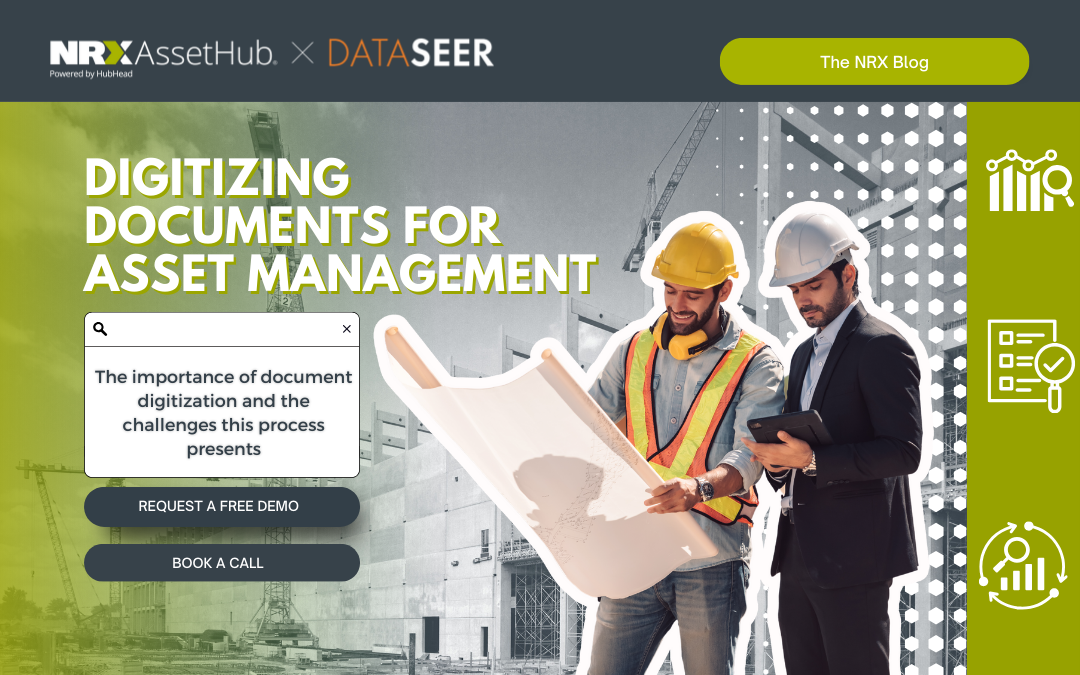In today’s fast-paced industrial environments, many companies face the daunting task of transitioning from paper-based systems to digital platforms. While the benefits of digitization are clear—improved accessibility, enhanced collaboration, and better data accuracy—the process is far from simple. For organizations managing extensive facilities, legacy documents like piping and instrumentation diagrams (P&IDs), electrical schematics, and equipment data sheets are often the backbone of operational integrity. Yet, converting these into digital formats comes with its own set of challenges:
- Complexity of Legacy Documents
Legacy files vary widely in format, from hand-drawn diagrams to scanned PDFs. Many of these documents are stored in non-searchable formats, meaning that manual extraction of key data is necessary. For example, finding specific tags or line references in a scanned P&ID requires human effort to scour through pages and locate relevant information—a slow, tedious process.
Organizations managing these documents typically use paper-based systems or outdated digital formats, making it difficult to integrate them into modern tools. Without this integration, valuable asset data remains trapped, inaccessible for modern analysis or predictive maintenance systems.
- High Costs and Time Consumption
Digitizing hundreds of technical diagrams can take weeks—or even months– and requires specialized engineers to verify data, driving up costs.
For companies working with legacy assets, the challenge of transitioning from paper to digital platforms can delay operational improvements. For example, cost estimations for construction or maintenance are often based on outdated benchmarks rather than accurate, real-time data from digital drawings. This leads to issues like cost overruns, delayed schedules, and project scope creep.
- Inconsistent Standards
Another significant challenge is the inconsistency in document standards across organizations and projects, as different organizations and projects follow varying standards and conventions.
This results in a wide variance in document formats, symbols, and styles, making digitization efforts more complicated. For instance, a piping symbol in one set of drawings may look entirely different in another, even if the function is the same.
Customizing recognition algorithms to identify these various symbols and text patterns can be resource-intensive. This inconsistency complicates the process of extracting actionable data from scanned documents, further extending project timelines.

- Human Error in Manual Processes
Much of the digitization process relies on manual oversight. Engineers are often required to verify the data extracted by machine learning models, especially in cases where the document quality is low, or the symbols are customized.
The manual nature of this work introduces the potential for human error. A misinterpreted tag or overlooked symbol can result in incomplete or inaccurate asset data, which can have far-reaching consequences for maintenance schedules and operational integrity.
- Challenges in Brownfield and Greenfield Projects
When it comes to brownfield projects, many documents no longer reflect the current state of the equipment or facilities. The data on paper may not match the current configurations, leading to discrepancies that need to be resolved during digitization.
On the other hand, greenfield projects, which are new installations, present their own set of challenges. Data from engineering, procurement, and construction (EPC) teams may not always be validated against the actual technical drawings, leading to inaccuracies during the early stages of digitization.

Looking Forward
From dealing with non-searchable scanned documents to high costs, human error, and inconsistent standards, organizations face numerous obstacles when transitioning to digital platforms. However, overcoming these challenges is critical for businesses aiming to optimize their asset management processes and implement modern systems like Enterprise Asset Management (EAM) or Computerized Maintenance Management Systems (CMMS). By investing in the right tools and processes, companies can unlock the full potential of their asset data, ensuring more accurate operations and better decision-making in the future.

How Can We Help You?
HubHead and DataSeer’s AI Service combines human-level understanding with machine speed to build a scalable knowledge data store of engineering designs. By integrating these solutions with your existing EAM/CMMS systems and creating a digital twin, you can enhance decision-making and streamline your maintenance processes. Contact us for a free demo or book a call.
The Challenges of Sharing, Storing, and Managing Diagram Images
Embracing Automation – The Future of Data Extraction
Extracting Data from Scanned Images and Paper Drawings
Share this article




